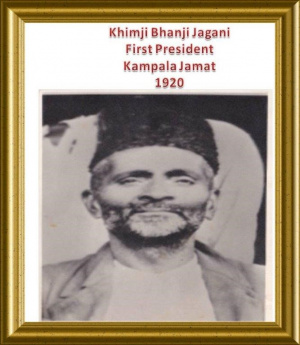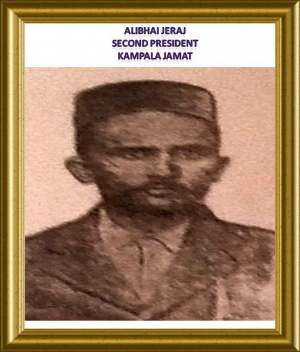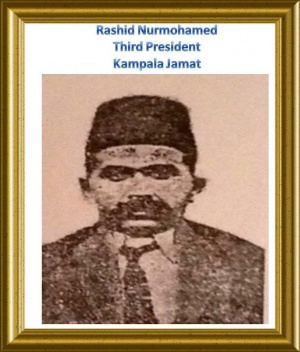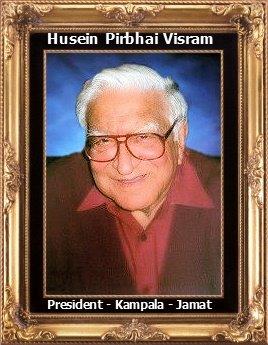Kampala test page
Kampala is the national capital, commercial hub and largest city of Uganda. In addition to its historic buildings, enchanting typography and blend of cultures, there are several intriguing places to explore for people visiting Kampala for leisure or business.
Kampala city proper contains an area of 73 square miles (189 square kilometers) within which an estimated 1.7 million people live. Surrounding Kampala is the rapidly growing Wakiso District, whose population more than doubled between 2002 and 2014 and now stands at over 2 million. Kampala was named the 13th fastest growing city on the planet, with an annual population growth rate of 4.03 percent.
Kampala has been ranked the best city to live in East Africa ahead of Nairobi and Kigali by Mercer, a global development consulting agency based in New York City.
Contents
Etymology
Before the arrival of the British colonists, the Kabaka of Buganda had chosen the zone that would become Kampala as a hunting reserve. The area, composed of rolling hills with grassy wetlands in the valleys, was home to several species of antelope, particularly impala. When the British arrived, they called it "Hills of the Impala". The language of the Baganda, Luganda, adopted many English words because of their interactions with the British. The Baganda translated "Hill of the Impala" as Akasozi ke'Empala – "Kasozi" meaning "hill", "ke" meaning "of", and "empala" the plural of "impala". In Luganda, the words "ka'mpala" mean "that is of the impala", in reference to a hill, and the single word "Kampala" was adopted as the name for the city that grew out of the Kabaka's hills. Traditionally, Kampala was a city of seven hills, but over time it has come to have a lot more.
History
The city grew as the capital of the Buganda kingdom, from which several buildings survive, including the Kasubi Tombs (built in 1881), the Lubiri Palace, the Buganda Parliament and the Buganda Court of Justice. In 1890, British colonial administrator Frederick Lugard constructed a forum along Mengo Hill within the city, which allowed for the British to occupy much of the territory controlled by the Baganda, including Kampala. In 1894, the British government officially established a protectorate within this territory, and in 1896, the protectorate expanded to cover the Ankole, Toro Kingdom, and Bunyoro kingdoms as well. In 1905, the British government formally declared the entire territory to be a British colony. From that time until the independence of the country in 1962, the capital was relocated to Entebbe, although the city continued to be the primary economic and manufacturing location for Uganda. In 1922, the Makerere Technical Institute, now known as Makerere University, started as the first collegiate institution both within Kampala, and within the British colonies on the east coast of Africa. Following the 1962 independence, Milton Obote became president of Uganda, and held the position until 1971, when former sergeant Idi Amin defeated his government in a military coup. Idi Amin proceeded to expel all Asian residents living within Kampala, and attacked the Jewish population living within the city. In 1978, he invaded the neighboring country of Tanzania, and in turn, the government there started the Uganda–Tanzania War, which created severe damage to the buildings of Kampala. The city has since then been rebuilt with new construction of hotels, banks, shopping malls, educational institutions, and hospitals and the improvement of war torn buildings and infrastructure.
Expulsion of Khojas from Uganda
(add info)
Geography
Climate
Kampala has a tropical rainforest climate (Af) under the Köppen-Geiger climate classification system.
A facet of Kampala's weather is that it features two annual wetter seasons. While the city does not have a true dry season month, it experiences heavier precipitation from August to December and from February to June. However, it's between February and June that Kampala sees substantially heavier rainfall per month, with April typically seeing the heaviest amount of precipitation at an average of around 169 millimetres (6.7 in) of rain. Kampala has been frequently mentioned as a lightning-strike capital of the world.
Places of Interest
(add info)
Downtown Kampala
Presidents
The following is a chronological list of Presidents of the Kampala Jamaat:
Khimji Bhanji Jagani
First President of Kampala Jamaat
Alibhai Jeraj
Second President of Kampala Jamaat
Rashid Nurmohamed
Third President of Kampala Jamaat
Husein Pirbhai Visram
President




